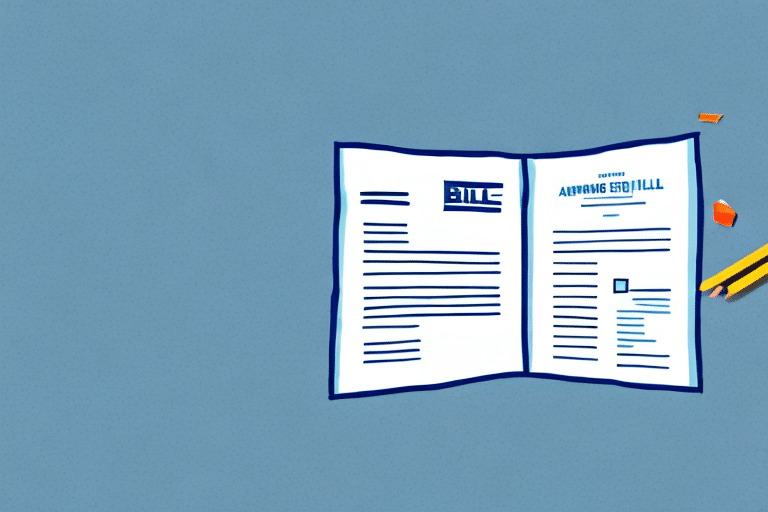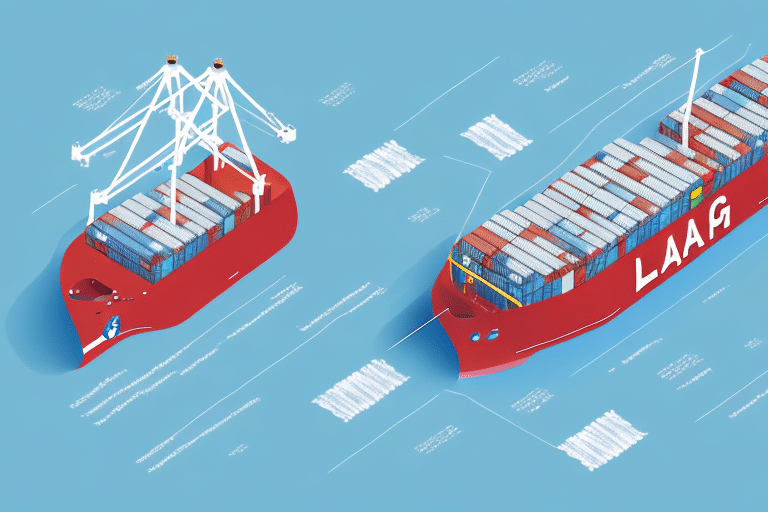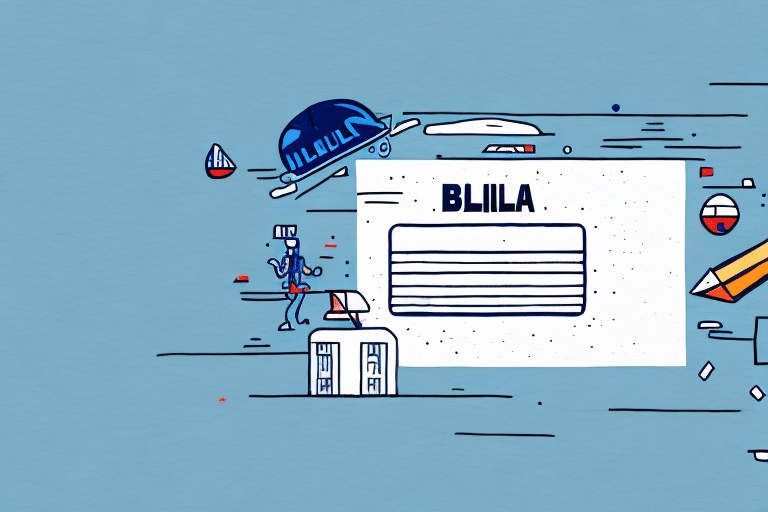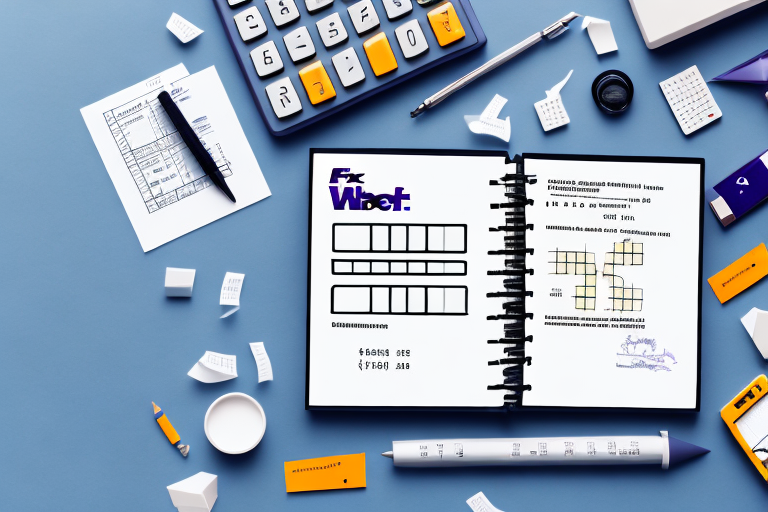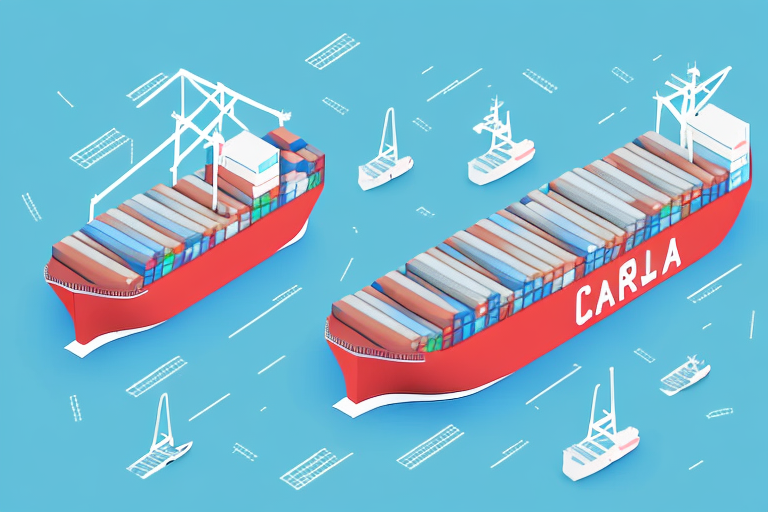Introduction to Bills of Lading
A bill of lading is a fundamental document in the shipping and logistics industry. It serves multiple roles, acting as a receipt for goods, a document of title, and a contract between the shipper and the carrier. Understanding its functions and proper usage is essential for anyone involved in the transportation of goods.
Types of Bills of Lading
Straight Bill of Lading
This is the most common type, used when goods are shipped directly from the shipper to the recipient without the need for endorsement. The carrier is instructed to deliver the goods to the named consignee.
Order Bill of Lading
Used when goods are to be delivered to a third party. It is negotiable and can be transferred to another party, similar to how a check operates.
Bearer Bill of Lading
These bills are not assigned to a specific consignee and are transferable by mere possession, making them highly flexible but also riskier in terms of security.
Sea Waybill
A non-negotiable document that serves as a receipt for goods shipped by sea. Unlike other types, it does not represent ownership of the goods.
Legal Requirements and Compliance
Creating a bill of lading involves adhering to specific legal standards to ensure its validity. According to the Federal Highway Administration, essential details must include:
- Description of goods
- Quantity, weight, and dimensions
- Names of the shipper, carrier, and recipient
- Terms of transport
- Signatures of involved parties
Compliance with international conventions, such as the Hague Rules, is also crucial for maritime shipments.
Best Practices for Completing a Bill of Lading
Accuracy and Completeness
Ensure all information is correct and complete to avoid disputes. Double-check details like addresses, descriptions, and quantities before signing.
Verification Before Signing
Review the bill thoroughly to confirm that all terms and conditions reflect the agreement between parties. Any discrepancies should be addressed immediately.
Record Keeping
Maintain copies of all bills of lading for your records. This documentation is vital in case of disputes or claims regarding the shipment.
The Rise of Electronic Bills of Lading
With advancements in technology, electronic bills of lading (eBOL) are becoming increasingly prevalent. According to a report by McKinsey & Company, digitization in shipping can reduce processing times by up to 30% and lower errors significantly.
eBOLs offer enhanced security features, such as encryption and blockchain integration, which help prevent fraud and unauthorized access. They also facilitate faster transactions and easier tracking of shipments.
Common Challenges and How to Address Them
Ownership Disputes
Disagreements over the rightful owner of the goods can often arise. Clear documentation and proper endorsement of bills of lading are essential to mitigate these issues.
Damage or Loss of Goods
Accurate descriptions and thorough inspections before shipping can help reduce the incidence of damaged or lost goods. Insurance coverage is also recommended as a precautionary measure.
Payment Terms Conflicts
Clearly outline payment terms within the bill of lading to avoid misunderstandings. Consulting with financial experts or freight forwarders can provide guidance on favorable terms.
The Future of Bills of Lading in Global Trade
The evolution of global trade and the rise of e-commerce are shaping the future of bills of lading. Innovations like blockchain technology promise to enhance the transparency and efficiency of shipping processes.
As World Trade Law suggests, integrating advanced technologies will be pivotal in managing the complexities of international logistics, ensuring that bills of lading continue to play a vital role in global commerce.
Embracing digital transformation not only streamlines operations but also aligns with the increasing demand for sustainability and reduced paper usage in the shipping industry.

